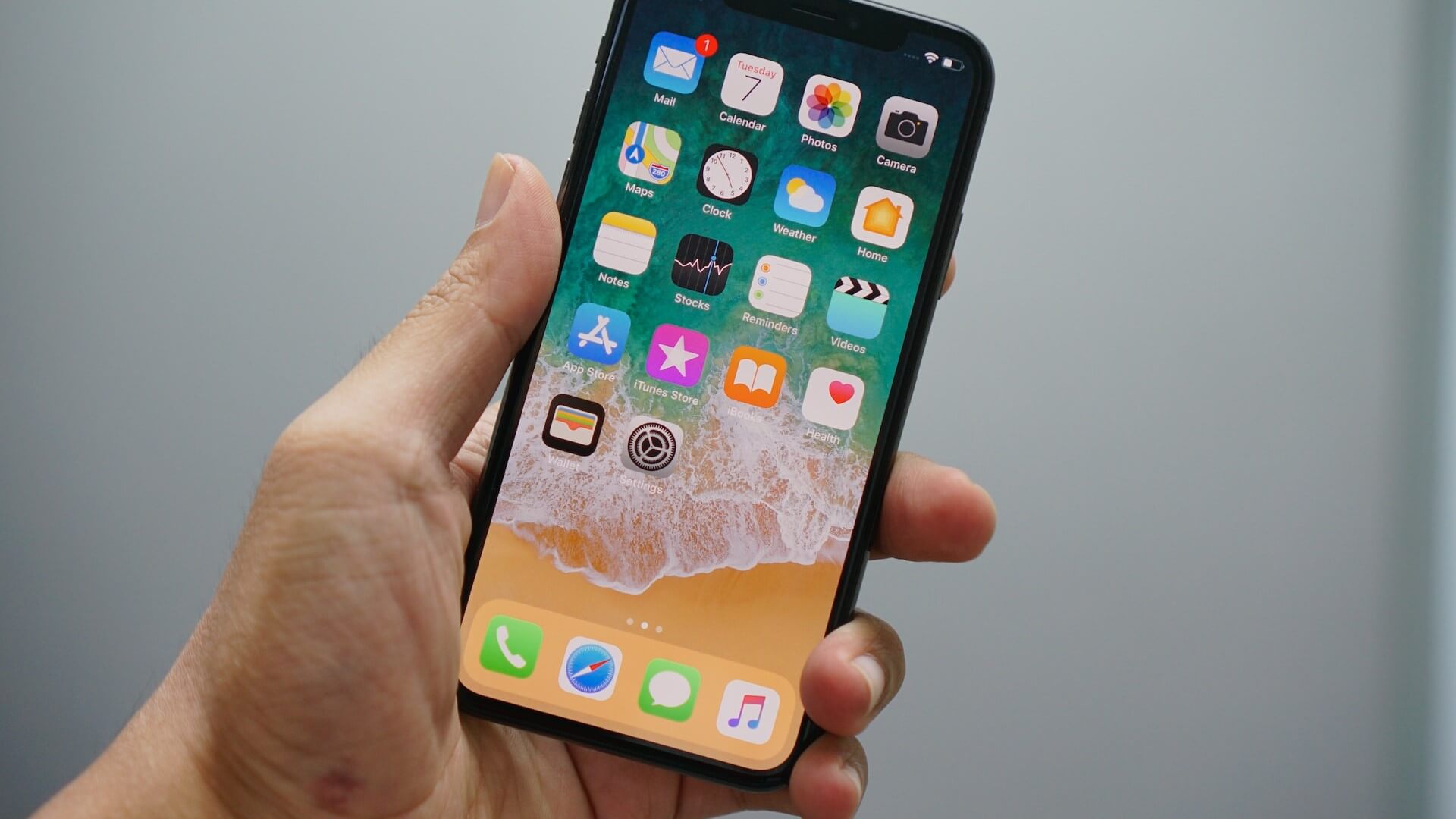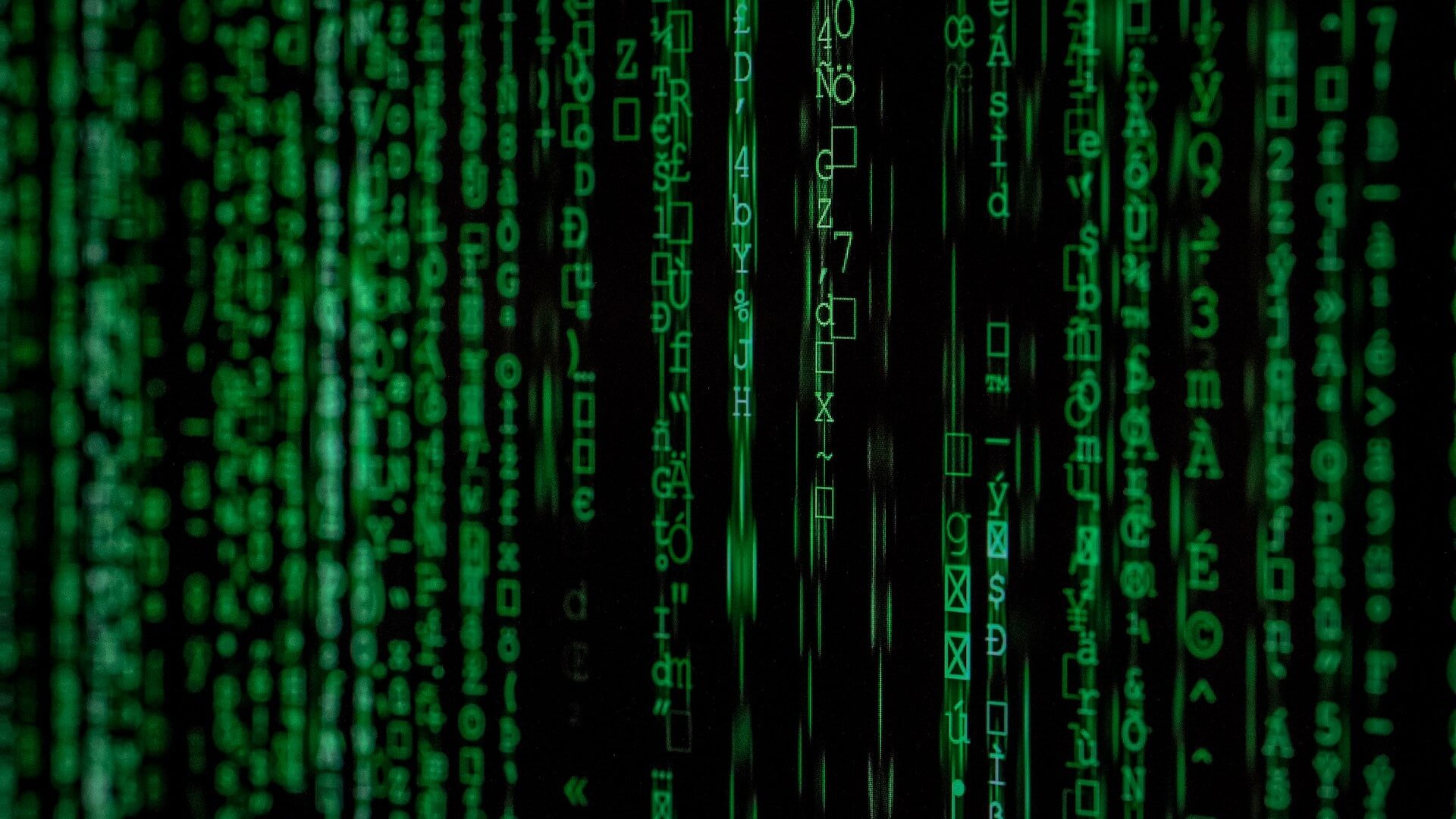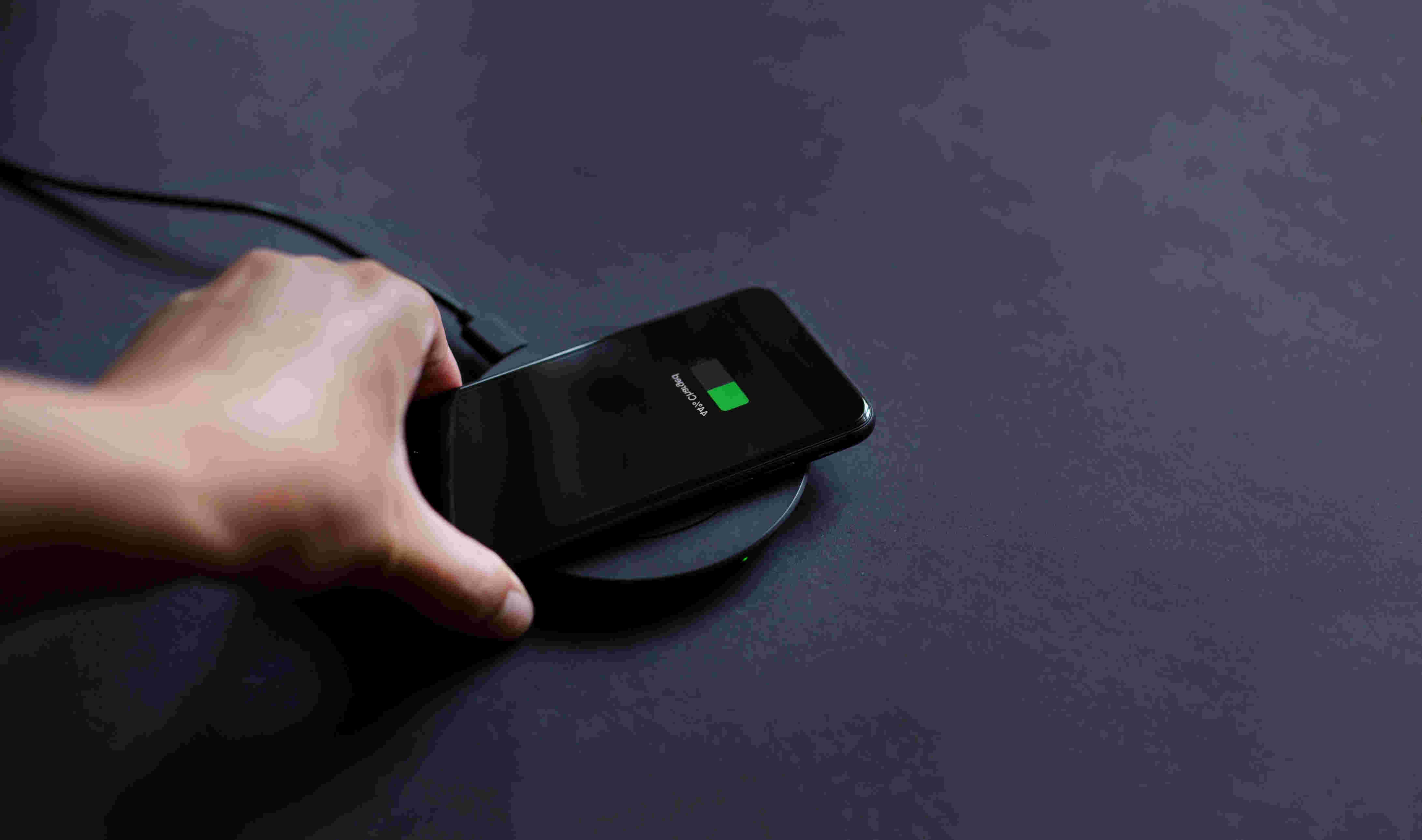
The principle of wireless charging is through near-field induction, the wireless charging device will conduct energy to the charging terminal device, and the terminal device will then convert the received energy into electrical energy stored in the battery of the device. The principle of energy conduction is inductive coupling, which ensures that there is no exposed conductive interface, not only eliminating the need for messy transmission lines between devices, but also making it safer for electronic devices such as electric toothbrushes that often come into contact with conductive media such as liquids.
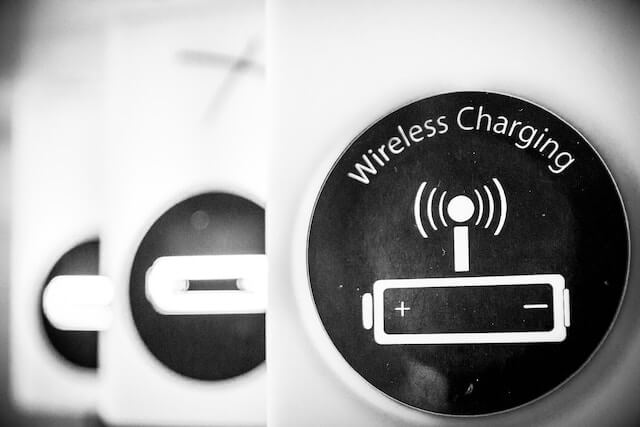
Electromagnetic induction wireless charging
Electromagnetic induction wireless charging is the most used wireless charging solution, through the primary coil of a certain frequency of alternating current, and then use electromagnetic induction in the secondary coil to generate a certain current, so as to transfer the energy from the transmission side to the receiving side. The most common charging mat solution currently uses electromagnetic induction, and in fact, there is not much mystery in the technical implementation of the electromagnetic induction solution.
Magnetic field resonance wireless charging
Magnetic field resonant wireless charging consists of an energy transmitting device, and an energy receiving device, when the two devices are tuned to the same frequency, or rather resonate at a specific frequency, they can exchange energy with each other, is a technology currently under research. A research team led by Marin Soljacic, a physics professor at the Massachusetts Institute of Technology (MIT), used the technology to light up a 60-watt light bulb two meters away and named it WiTricity. the coil used in the experiment reached a diameter of 50 cm, which is not yet commercially available, and if the coil size is to be reduced, the receiving power will naturally drop.
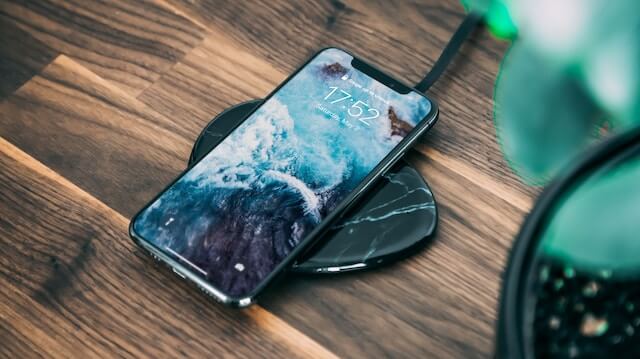
Wireless wave type wireless charging
This is a more mature technology, similar to the early use of ore radio, there are mainly microwave transmitter and microwave receiver device, which can capture the radio wave energy bouncing back from the wall, and maintain a stable DC voltage while making adjustments with the load. This method requires only a transmitter mounted on the wall plug and a "mosquito" type receiver that can be mounted on any low-voltage product.
The main features of wireless charging
1、Theoretically speaking, wireless charging technology is safe and harmless to human body. The resonance principle used in wireless charging is magnetic resonance, which is only transmitted between coils resonating at the same frequency, while other devices cannot accept the waveband.
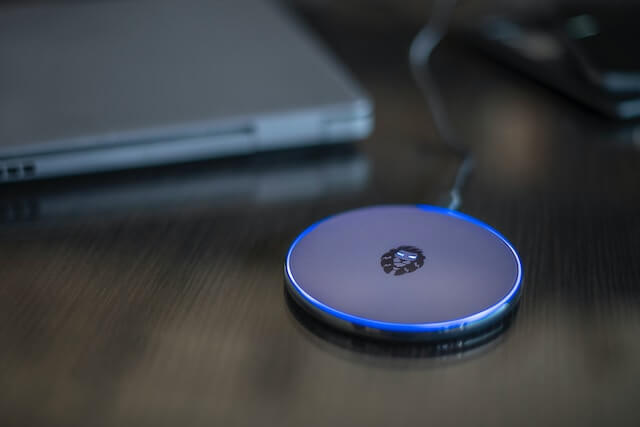
2、Sandforce's wireless charging technology uses the induction principle to convert magnetic energy into electrical energy between the charger and the phone, while the coil and capacitor produce the conversion effect during charging.
3、Sandri said this system can be widely used in the future, for example, for the charging area of electric cars and for the power transmission of computer chips. The charging system developed with this technology requires only one hundred and fiftieth of the current charging time.
4、conversion rate has been a lot of people worried about the problem, MIT through the study showed that the loss of wireless charging technology is higher than the wired charging technology. Maigen said: wireless charging high conversion, but also wireless chargers to be used in the world to carry out the key factors. But wireless charging technology is also limited by the distance, the future development, it is necessary to solve the long-distance transmission for the wave band and magnetic field range of accurate positioning problems.
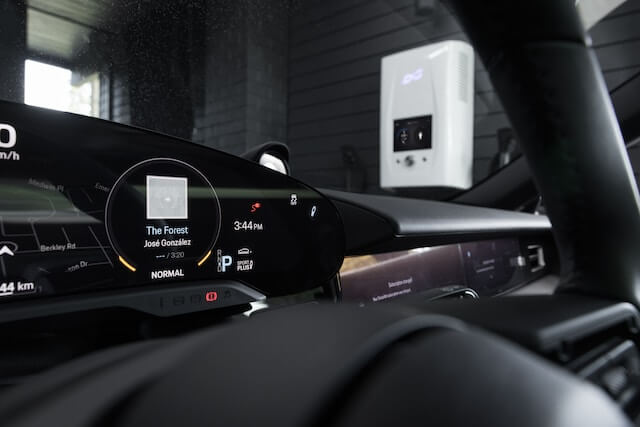
5、resonance control core chip is the wireless charging technology resonance principle control center. Precise radiation range control, magnetic field frequency size, other controls, etc. are realized by the chip.
As the loss of wireless charging in the transmission process is relatively large wired charging, and with the increase in distance, the loss will be greater, so in the current commercial cases, mostly small power small appliances in close proximity to wireless charging applications. It is hoped that with the advancement of various studies, wireless charging technology can be popularized in more application scenarios in the future.



